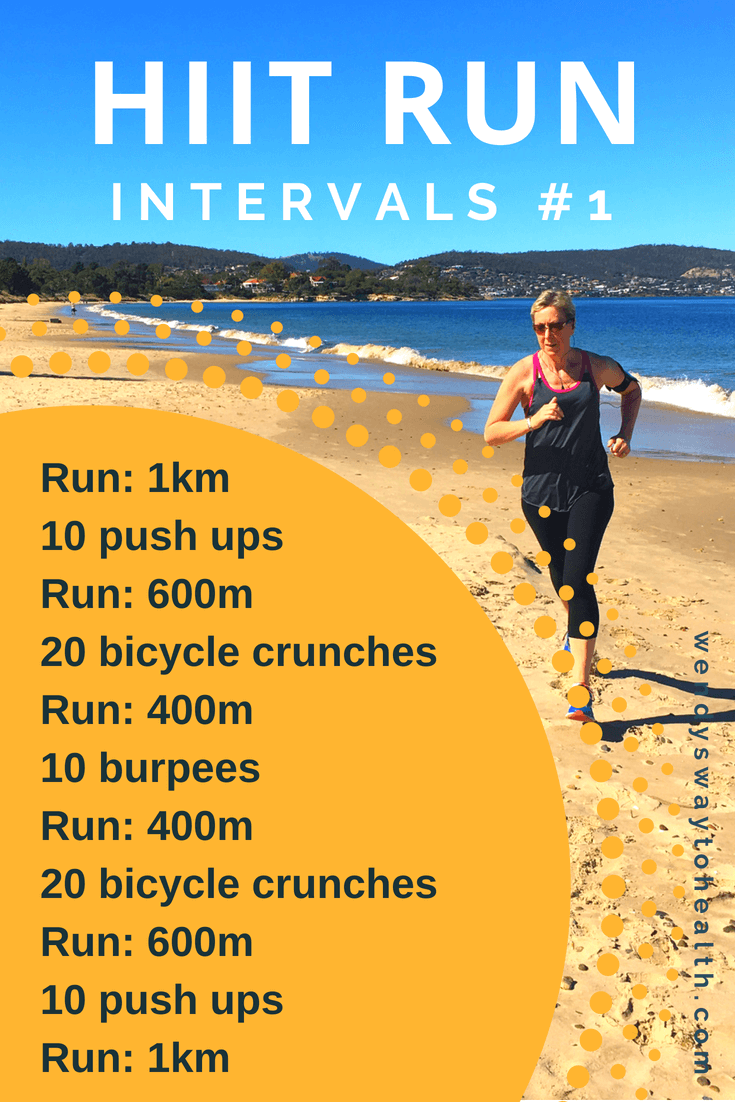Running Workout Tips: Enhance Your Performance Today
Running Workout Tips: Enhance Your Performance Today
Blog Article
Dealing With Typical Running Discomforts: Reasons, Solutions, and Avoidance
As runners, we typically run into various discomforts that can hinder our performance and enjoyment of this physical activity. From the incapacitating discomfort of shin splints to the bothersome IT band disorder, these usual operating pains can be frustrating and demotivating. Recognizing the reasons behind these disorders is important in properly resolving them. By checking out the root factors for these operating discomforts, we can reveal targeted solutions and precautionary steps to make sure a smoother and a lot more meeting running experience (learn more here).
Common Running Pain: Shin Splints
Shin splints, a typical running discomfort, frequently arise from overuse or inappropriate shoes throughout physical task. This condition, medically called median tibial anxiety disorder, materializes as pain along the inner side of the shinbone (shin) and prevails among athletes and joggers. The recurring stress and anxiety on the shinbone and the cells connecting the muscles to the bone leads to swelling and discomfort. Runners that swiftly boost the intensity or duration of their exercises, or those who have flat feet or inappropriate running strategies, are especially susceptible to shin splints.
To avoid shin splints, people should slowly raise the intensity of their workouts, put on appropriate shoes with correct arch support, and maintain versatility and toughness in the muscles surrounding the shin. If shin splints do happen, first therapy involves rest, ice, compression, and altitude (RICE) In addition, including low-impact activities like swimming or cycling can assist preserve cardio physical fitness while allowing the shins to recover. Persistent or severe situations may need clinical analysis and physical treatment for reliable monitoring.
Common Running Pain: IT Band Disorder
Along with shin splints, an additional widespread running discomfort that professional athletes usually encounter is IT Band Disorder, a problem triggered by inflammation of the iliotibial band that runs along the outer upper leg and knee. IT Band Syndrome generally manifests as discomfort on the exterior of the knee, specifically during activities like running or cycling. The iliotibial band is a thick band of fascia that connects the hip to the shin, and when it becomes inflamed or limited, it can scrub against the upper leg bone, bring about discomfort and pain.
Joggers experiencing IT Band Disorder may observe a stinging or aching experience on the outer knee, which can aggravate with ongoing activity. Aspects such as overuse, muscular tissue discrepancies, inappropriate running form, or insufficient workout can contribute to the advancement of this problem.
Common Running Pain: Plantar Fasciitis

Plantar Fasciitis can be credited to different aspects such as overtraining, inappropriate shoes, working on tough surface areas, or having high arcs or level feet. To avoid and reduce Plantar Fasciitis, runners can incorporate extending exercises for the calves and plantar fascia, use encouraging shoes, keep a healthy and balanced weight to minimize pressure on the feet, and slowly raise running strength to prevent unexpected anxiety on the plantar fascia. If signs continue, it is suggested to seek advice from a health care expert for appropriate diagnosis and treatment options to address the problem properly.
Usual Running Pain: Runner's Knee
After dealing with the challenges of Plantar Fasciitis, an additional prevalent issue that runners typically encounter is Jogger's Knee, an usual running pain that can hinder sports efficiency and create discomfort during exercise. Runner's Knee, also referred to as patellofemoral discomfort syndrome, shows up as discomfort around or behind the kneecap. This condition is often credited to overuse, muscle mass discrepancies, inappropriate running methods, or problems with the placement of the kneecap. Joggers experiencing this pain might feel a plain, aching discomfort while running, increasing or down stairs, or after extended periods of resting. To avoid Jogger's Knee, it is important to incorporate correct warm-up and cool-down regimens, maintain solid and balanced leg muscle mass, wear proper footwear, and slowly increase running strength. If symptoms continue, consulting from a medical care expert or a sporting activities medicine expert is advised to identify the underlying reason and develop a tailored therapy strategy to minimize the discomfort and prevent go to the website additional difficulties.
Typical Running Discomfort: Achilles Tendonitis
Generally afflicting runners, Achilles Tendonitis is an excruciating condition that affects the Achilles ligament, causing discomfort and possible constraints in physical activity. The Achilles tendon is a thick band of tissue that connects the calf bone muscle mass to the heel bone, essential for activities like running, jumping, and walking - try this. Achilles Tendonitis commonly creates due to overuse, incorrect shoes, inadequate stretching, or unexpected boosts in physical task
Signs And Symptoms of Achilles Tendonitis include pain and stiffness along the tendon, particularly in the morning or after periods of inactivity, swelling that aggravates with task, and potentially bone stimulates in persistent situations. To protect against Achilles Tendonitis, it is essential to stretch properly before and after running, wear suitable shoes with proper assistance, slowly enhance the strength of exercise, and cross-train to decrease repeated stress on the tendon. Treatment may entail remainder, ice, compression, altitude (RICE procedure), physical therapy, orthotics, and in severe cases, surgery. Early intervention and proper treatment are crucial for taking care of Achilles Tendonitis properly and protecting against lasting issues.
Verdict

Report this page